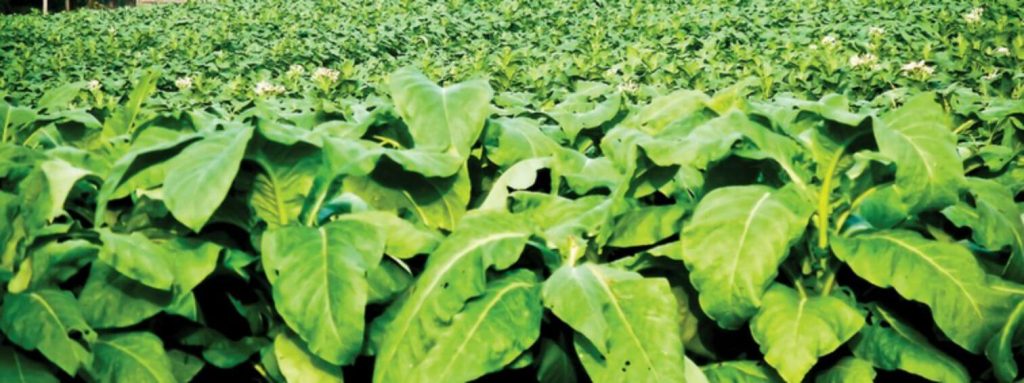Virginia Tobacco Industry

Imagine standing in the middle of a vast tobacco field in Virginia. The scent of the ripe leaves fills the air, a testament to generations of cultivation and care. This is the heartbeat of an industry steeped in tradition, one that has shaped the state’s history and continues to influence its future. But what is the story behind the Virginia tobacco industry? And how did it become such a significant player on the global stage?
John Rolfe and the Birth of Virginia’s Tobacco Economy
The history of tobacco in Virginia traces back to John Rolfe, who developed a hybrid tobacco plant that became the cash crop for the Virginia colony. This laid the foundation for Virginia’s strong ties with the tobacco industry, a relationship that continues to this day.
Philip Morris: A Key Player Since 1929
One of the major players in the Virginia tobacco scene is Philip Morris USA, which began manufacturing cigarettes in Richmond in 1929. Over the years, Philip Morris has left a significant imprint on the Virginia tobacco industry, with its South Richmond manufacturing center producing half of the cigarettes sold in the U.S.
The Role of the Tobacco Region Revitalization Commission
In response to changes in the tobacco industry and its impact on local communities, the Tobacco Region Revitalization Commission was established in 1999. This body promotes economic growth and development in previously tobacco-dependent communities using funds from the national tobacco settlement. The Commission’s initiatives have created thousands of jobs and generated significant investment in Southern and Southwest Virginia.
From Traditional Tobacco to Innovation: Altria’s Moves in the Industry
Altria, the parent company of Philip Morris USA, has made notable strides in transforming the tobacco industry landscape. Over the years, Altria has spent over $200 million on upgrading its South Richmond factory, which is now Philip Morris USA’s sole cigarette factory. In 2007, Altria opened a $350 million research and technology center in downtown Richmond, emphasizing the role of innovation in the industry’s future.
The Impact of Falling Smoking Rates
While the Virginia tobacco industry remains strong, it is not impervious to nationwide trends. U.S. smoking rates have fallen significantly over the years, affecting the industry’s profitability. Despite these changes, Philip Morris USA remains a highly profitable entity, with cigarette and cigar sales accounting for 75% of Altria’s annual profit.
The Rise of Alternative Tobacco Products
As consumer preferences evolve, Philip Morris USA acknowledges the need for alternatives to conventional cigarettes. This evolution is driving significant changes in the industry, with companies developing alternative tobacco products to meet changing consumer demands.
The Virginia Tobacco Industry: A Legacy of Transformation and Resilience
Virginia has a rich history deeply intertwined with the tobacco industry, which has left an indelible mark on the state’s economy and culture. From the colonial era, when John Rolfe developed a hybrid tobacco plant that became the Virginia colony’s cash crop, to the present day, tobacco has been a significant part of Virginia’s economy.
In recent years, however, the industry has experienced a sea change. Traditional tobacco farming has given way to economic diversification and modernization, and significant players in the industry like Philip Morris USA and its parent company, Altria Group, have had to evolve in the face of these transformations.
Technical sources:
Virginia’s tobacco industry has a rich history dating back to the colonial era. Tobacco has been a part of the area’s economy since a hybrid plant developed by John Rolfe became the Virginia colony’s cash crop. Philip Morris began making cigarettes in Richmond in 1929.
In the modern era, the Virginia Tobacco Region Revitalization Commission was established by the 1999 General Assembly. The commission is a 28-member body whose mission is to promote economic growth and development in formerly tobacco-dependent communities using proceeds from the national tobacco settlement. To date, the commission has created tens of thousands of jobs and hundreds of millions of dollars of investment in Southern and Southwest Virginia.
Statistics:
Today, the Philip Morris USA’s South Richmond manufacturing center is the company’s sole cigarette factory. This factory produces 600 million cigarettes daily, and the company has spent over $200 million in recent years on equipment and facility upgrades. The company has six facilities in the Richmond area, employing about 4,000 people.
Sources of information:
- Virginia Tobacco Region Revitalization Commission revitalizeva.org
- Virginia Business virginiabusiness.com